Mercedes At CES: Are Solid-State Batteries The Game Changer EVs Need?
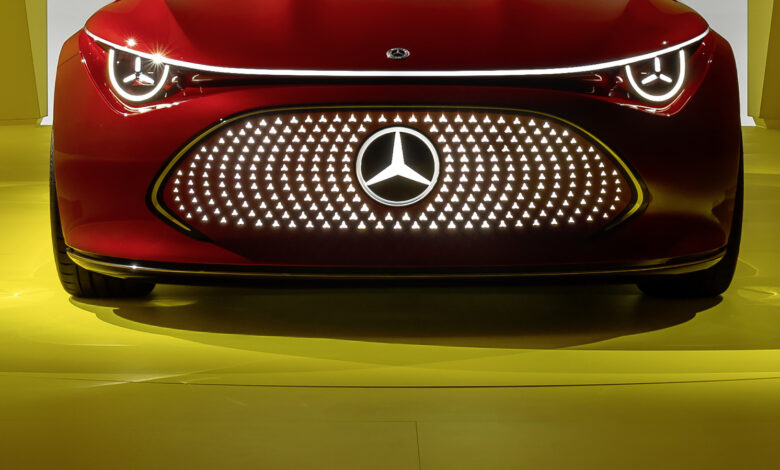
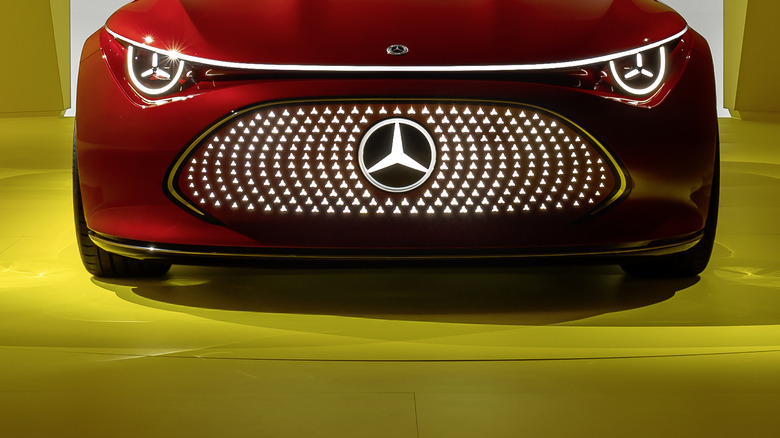
Mercedes-Benz
Solid-state batteries aren’t going to be the solution for expensive, range-limited EVs any time soon, Mercedes’ top tech executive predicts, a reality check amid ambitious forecasts for the next-generation cells. Although the new cell technology has been heralded as safer, cheaper, and far more power-dense — enough so to prompt car companies like Nissan to promise production models using solid-state tech as soon as 2028 — Mercedes is less confident that its investments in the tech will pay off so rapidly.
Speaking as part of a roundtable interview at CES 2024 this week — where Mercedes hosted SlashGear — Markus Schäfer, Member of the Board of Management of Mercedes-Benz Group AG and Chief Technology Officer, was blunt about the lingering challenges EVs face, particularly around their single most expensive component. Indeed, Schäfer suggested, the solid-state battery story is playing out a whole lot like the much-vaunted autonomous vehicle roadmap.
“We know the electric drivetrain is still way more expensive than a combustion drivetrain. That’s a fact,” Schäfer said. “We do our battery research, we have our labs. I don’t really see a game changer coming on cost production for batteries, not a significant one.”
Lithium-ion battery tech hasn’t been standing still
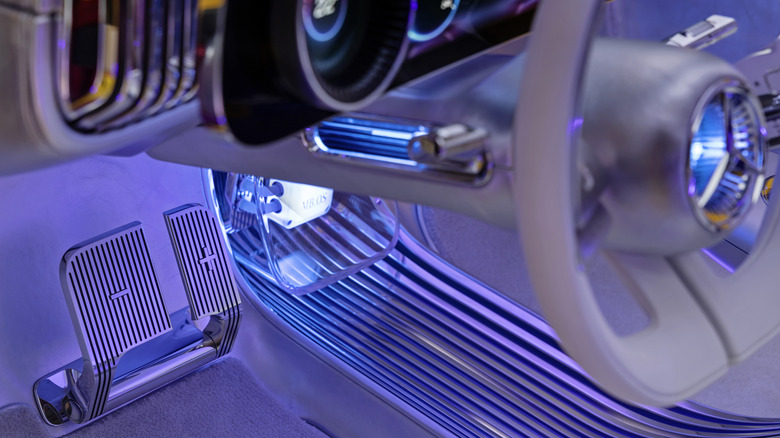
Mercedes-Benz
Currently, most electric vehicles rely on lithium-ion batteries or variations of that technology. These have a liquid electrolyte; solid-state batteries, as the name suggests, switch to a solid version of that. The result, among other proposed advantages, is greater power density, a safer cell, and a cheaper battery overall.
The problem is, Markus Schäfer pointed out, actually getting to a production battery that delivers on all three points is taking longer than many in the industry expected. In the meantime, lithium-ion battery development hasn’t been standing still, and significant improvements have been made in areas like energy density.
“There were some very optimistic forecasts a while ago,” the Mercedes CTO said. “It reminds me a little of forecasting autonomous driving. We invested in some cool startups here in the U.S. and Korea in solid-state. And I’m watching the big names in this that came up a few years ago and got the valuation that they got. But for me, it’s a head-to-head race now.”
Solid-state still has advantages
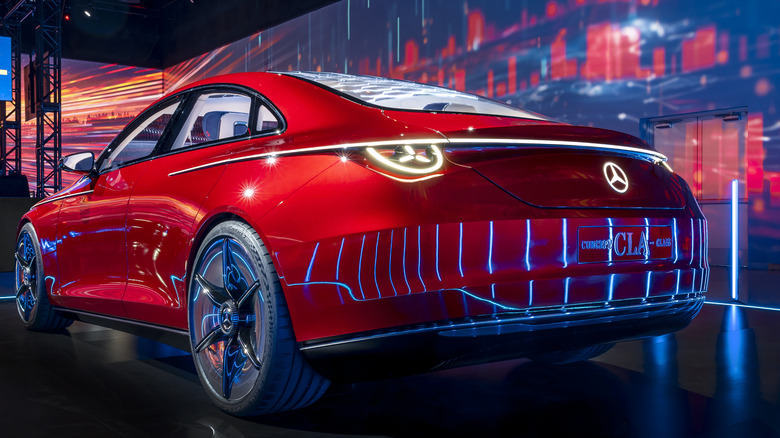
Mercedes-Benz
Certainly, Markus Schäfer isn’t counting solid-state out yet. The first production batteries might come in 2026, the CTO said, “but I don’t think they’ll come with a major cost advantage or a major density advantage.”
There, he agrees — in part — with Nissan, which has been upfront about the reality that its first all-solid-state batteries won’t be cheaper than the li-ion cells they replace. In an interview with SlashGear last year, however, Nissan’s Toshihiro Hirai, senior vice president of powertrain and EV engineering, maintained that the automaker’s solid-state battery will indeed arrive with twice the power density. Eventually, that could mean matching today’s EV range with a battery half the size and weight or doubling the EV range in the same battery footprint as current models.
Energy capacity isn’t the only reason many have billed solid-state battery technology as the inevitable successor to liquid electrolyte systems. Solid-state batteries will have a safety advantage, Schäfer acknowledges: Without a liquid component, punctured or otherwise damaged batteries are far less likely to exhibit the runaway combustion that some crashed EVs have experienced.
Nonetheless, the Mercedes CTO argued, automakers haven’t been sleeping on li-ion safety in their cars. Battery packs are typically shielded with considerable impact protection and have various other safeguards to avoid damage leading to out-of-control fires.
Wet or dry, battery tech won’t oust ICE just yet
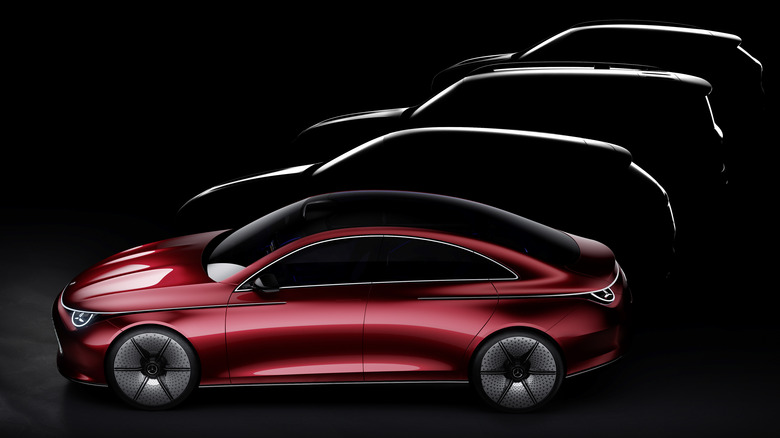
Mercedes-Benz
Efficiency in electric vehicles isn’t just a matter of battery chemistry. What those batteries power is another key element, and Mercedes has a parallel advance that should reach the market well ahead of solid-state batteries at scale. The upcoming CLA Class — a four-strong line-up based on the Concept CLA Class — will debut both the new MMA electric-first platform and the automaker’s first in-house electric motor design, which promises significantly greater efficiency than the third-party motors current Mercedes EVs use.
“It’s a sum of so many single measures,” Markus Schäfer pointed out. Tapping technology developed on the Vision EQXX hypermiling concept car, we drove last year, the MMA architecture is expected to add 3-4 percentage points of efficiency compared to what Mercedes has today. Even with a “conventional” battery, the production CLA is expected to be capable of over 466 miles of driving on a single charge (albeit on the WLTP test cycle, not the U.S. EPA version, which tends to be more pessimistic).
Even then, and despite the MMA platform being billed as “electric first,” Mercedes isn’t giving up on internal combustion any time soon. Mild hybrid versions of the CLA Class cars will also be offered using a four-cylinder gas engine and a brand new transmission, an implicit recognition that — whether they’re powered by liquid- or solid-state batteries — EVs aren’t yet the answer for every driver.


